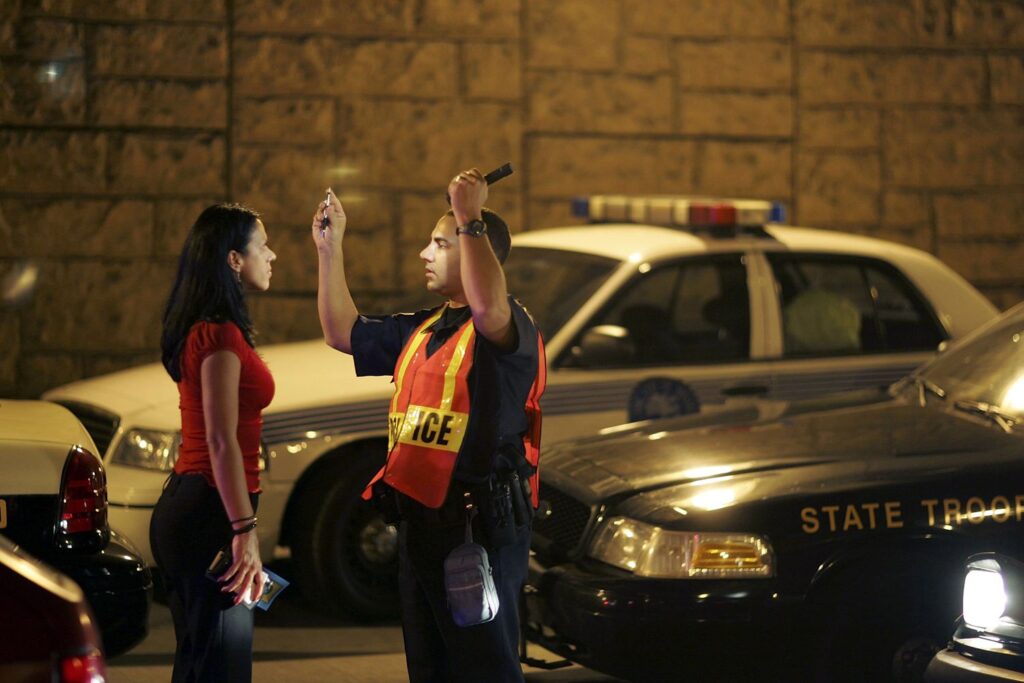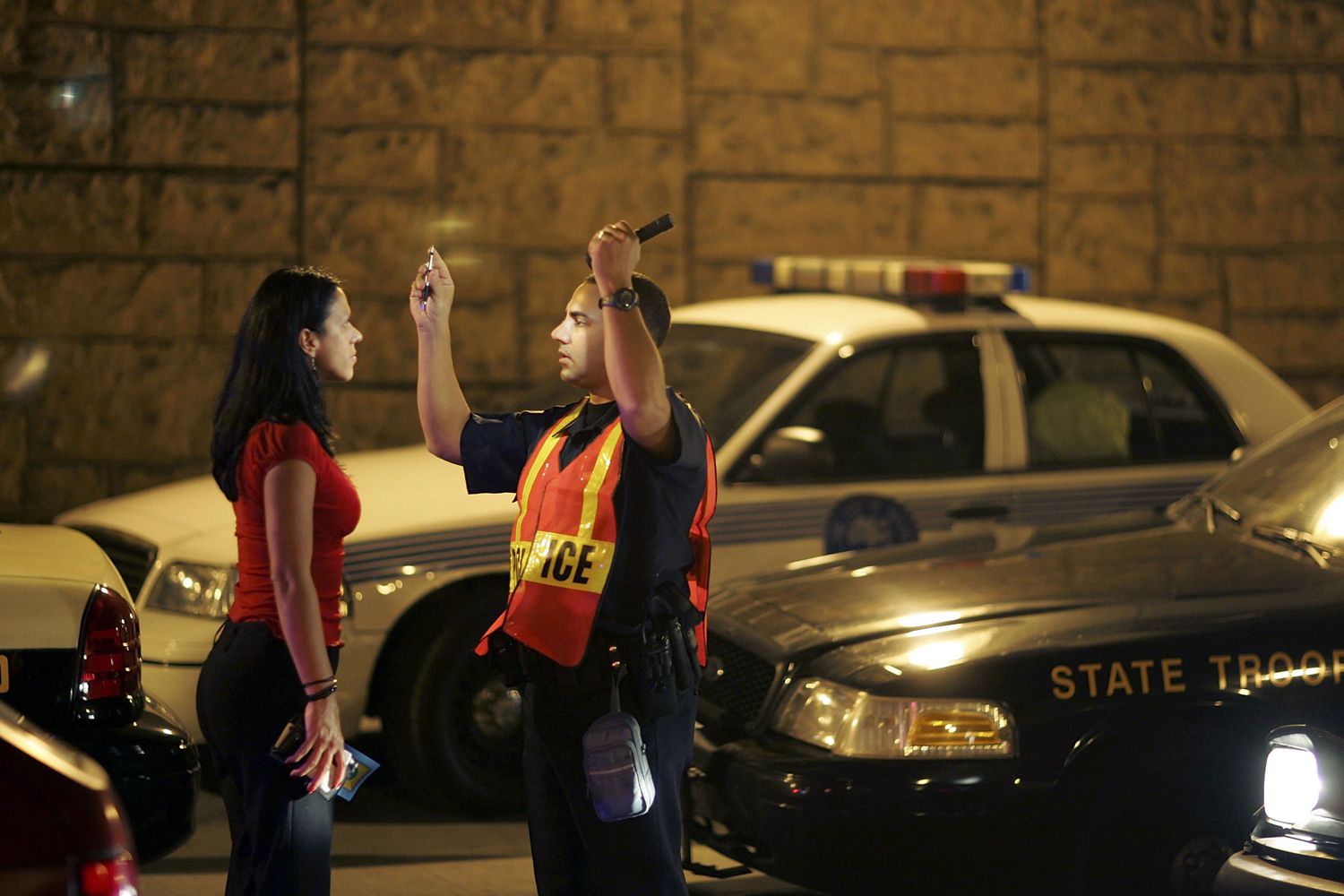Introduction:
When it comes to navigating the complexities of driving regulations, understanding what an SR-22 entails is crucial. Whether you’re a seasoned driver or a newcomer to the road, having clarity on this often misunderstood document can save you from unnecessary confusion and stress. In this comprehensive guide, we’ll delve into the facts about an SR-22, demystifying its purpose, requirements, and implications.

What is an SR-22? An SR-22, also known as a Certificate of Financial Responsibility, is not insurance itself but rather a document issued by an insurance company to verify that an individual has the minimum required liability insurance coverage mandated by their state. It’s typically required for individuals who have been involved in serious traffic offenses or have had their driver’s license suspended.
Key Facts to Know:
- Mandatory Requirement:
- States impose the need for an SR-22 for various reasons, including DUI convictions, driving without insurance, multiple traffic violations, or at-fault accidents without insurance coverage.
- Proof of Financial Responsibility:
- An SR-22 serves as proof to the state that you carry the required minimum liability insurance, ensuring that you’re financially responsible in case of any future accidents or violations.
- Duration of Requirement:
- The duration for which you’re required to maintain an SR-22 varies depending on the state and the offense. Typically, it’s required for a minimum of three years, but it can extend up to five years or more in certain cases.
- Cost Implications:
- Obtaining an SR-22 often results in higher insurance premiums due to the increased risk associated with the driver. However, the actual cost can vary significantly depending on factors such as the individual’s driving history, location, and insurance provider.
- Non-Ownership SR-22:
- If you don’t own a vehicle but still need an SR-22, you can obtain a non-owner SR-22 policy. This type of policy provides liability coverage when driving vehicles that you don’t own.
- Legal Requirements:
- Failure to maintain continuous coverage with an SR-22 can lead to severe consequences, including license suspension or revocation. It’s essential to fulfill all legal obligations regarding the SR-22 to avoid further penalties.
- State Variations:
- Each state has its own rules and regulations regarding SR-22 requirements. It’s crucial to familiarize yourself with the specific laws in your state to ensure compliance.
Conclusion:
Understanding the ins and outs of an SR-22 is vital for anyone who finds themselves in a situation where it’s required. By grasping the basics of this document, you can navigate the process more confidently and fulfill your legal obligations effectively. Remember, while an SR-22 may seem like an inconvenience, it ultimately serves to protect you and others on the road by ensuring financial responsibility. If you ever find yourself needing an SR-22, consult with your insurance provider to understand the requirements and implications specific to your situation.





